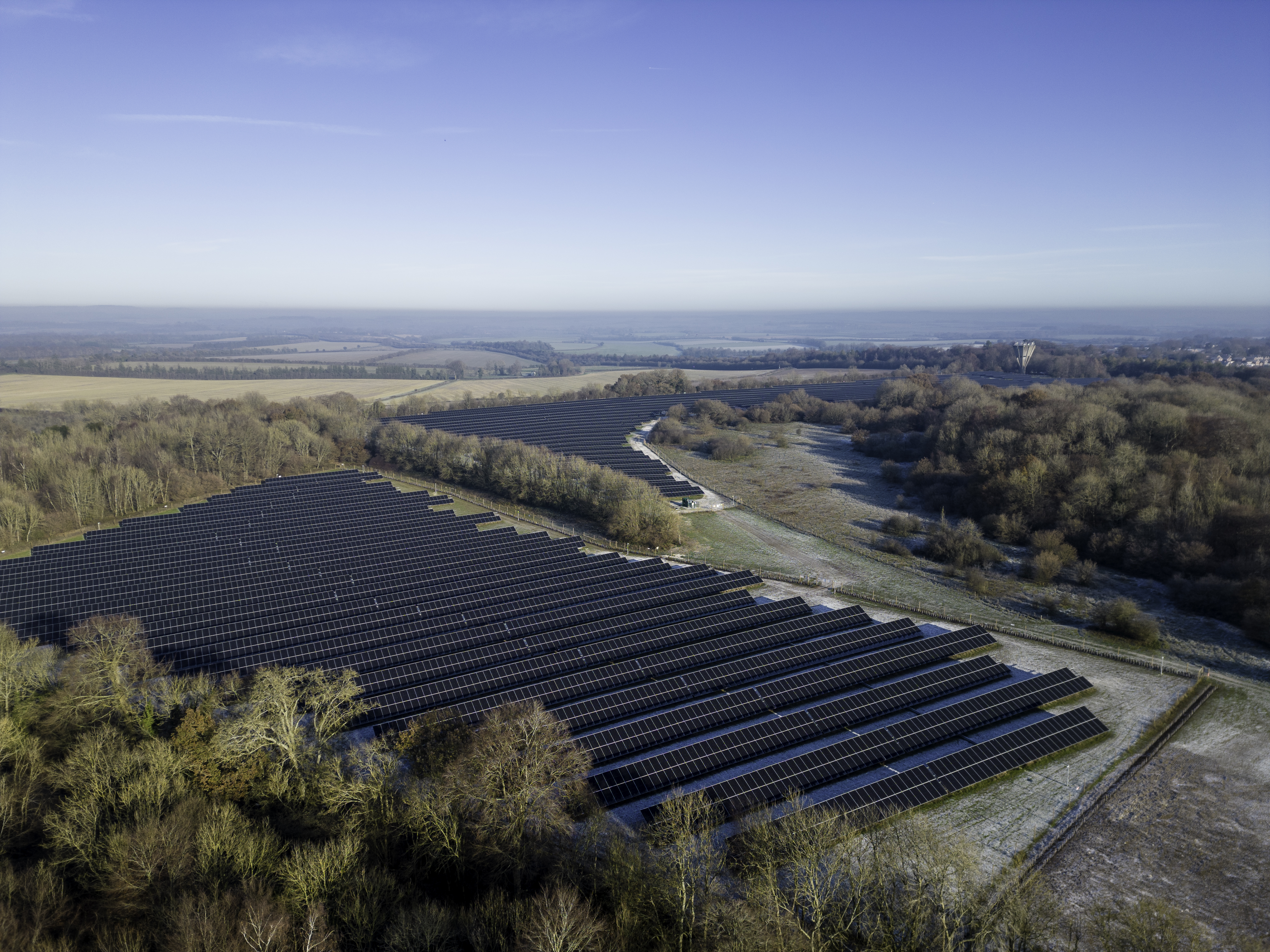Opportunities for investors in clean energy are increasing while a greener economy is in sight
Guy Lavarack, Investment Director, Blackfinch Energy, discusses recent coverage of the renewables market, how the sector is growing, and positive implications for investors, economy and environment.
A recent article by Financial Times Environment and Clean Energy Correspondent Leslie Hook, published on 6th May 2020, focused on marked growth in the renewables market. Entitled ‘Renewables Sector Shrugs off Devastating Effects of Coronavirus’, it highlighted how these investments in real assets, which are uncorrelated with the stock market, are shielded from recent market volatility.
Blackfinch is a leading investor in renewable energy through Sedgwick Trading, an investee company within our Inheritance Tax (IHT) solution the Adapt IHT Portfolios. Much of the article content is aligned with what we have seen in the market.
Benefits of Renewables Investment
For example, it states that, “Renewable energy is one of the few sectors that has managed to weather the devastating effects of coronavirus, with new deals and new records being struck, even while the rest of the world has been grappling with the pandemic.”
“Certainly, the recent significant market upheaval has highlighted the benefit of investing in real assets that are capable of generating an inflation-linked return which is uncorrelated with the stock market and associated volatility. The unprecedented impact of the coronavirus will also likely and rightly lead to a new focus on the green economy and fighting climate change.
It is true that renewable energy deals have continued to be struck – not least the acquisition by Axa Investment Managers of a significant minority stake in Acciona Energia Internacional, which was a complex multi-jurisdiction deal advised on by EY and completed in April 2020.
Blackfinch Energy has witnessed this trend and continues to see new deals coming to market. And over the last few weeks, our growing energy portfolio, which has an enterprise value of £100m+ and close to 50MW of capacity, has continued to operate and generate electricity at relatively unaffected levels.
There is some exposure to wholesale electricity power prices which have suffered sharp declines linked to a slump in global energy demand and a glut of surplus energy, particularly oil. However, we were able to fix energy prices until 31st March 2021 which removes this short-term volatility from the portfolios.
A Clearer View of a Greener Economy
The article also notes that, “the renewables sector is forecast by the International Energy Agency to be the only part of the global energy system that will grow this year.”
During the pandemic, we have seen the stories that have been emerging of some parts of the industrialised world where the air quality is dramatically cleaner. Many may recall the satellite images of China and northern Italy which circulated on social media in April. They showed significant reductions in carbon dioxide and nitrogen oxides in the atmosphere through lower emissions from reduced industrial output and transport movements [Link]. Similarly, there are parts of northern India where people can now see the Himalayas from up to 100 miles away, where previously they have remained hidden from view for decades.
Around the world, people’s eyes have been opened to the global environmental impact of industrialisation and therefore the huge positive benefits of investing in renewable energy.
Much closer to home, in Worcestershire, near to where Blackfinch is located, I am fortunate to have a view of the Malvern Hills. Previously, once in a while the haze would lift and you would be able to make out individual houses up to ten miles away. I have never thought of Worcestershire as being particularly subject to poor air quality or pollution but now, the Malverns are crystal clear on the horizon every day and it is a joy to behold.
Investing in Renewables, Strengthening the Economy
Investors in the Adapt IHT Portfolios are able to take advantage of Business Property Relief to help mitigate IHT. This is alongside knowing that their capital is being used to increase renewable energy generating capacity in the UK and further the green economy, bringing new jobs and investment.
While Blackfinch does not invest in offshore wind, it was great to see the recent announcement that Equinor and SSE Renewables have chosen the Port of Tyne in north-east England as the site for the operations and maintenance hub to serve the 3,600MW Dogger Bank offshore wind farm [Link].
This is a significant and long-term investment into a part of the UK often now referred to as the Northern Powerhouse, which will help to revitalise an area of the country once inextricably linked with coal mining. It comes at a time when the UK has just set a new record for the level of electricity generated from renewable energy sources and the longest period of time the country has gone without having to rely on coal-fired power – 34 days and counting as at 16th May 2020. [Link].
The Blackfinch Energy team remains hard at work. We are actively working on a number of new investment opportunities in the onshore wind and solar photovoltaic space. In coming months, we aim to close these in order to add to our growing energy portfolio, for the benefit of investors, and in turn the economy and environment.
To read the FT article in full, see: https://on.ft.com/2ZkqCSE
For more information on Blackfinch Energy click here
To access information on the Adapt IHT Portfolios click here
CAPITAL AT RISK

